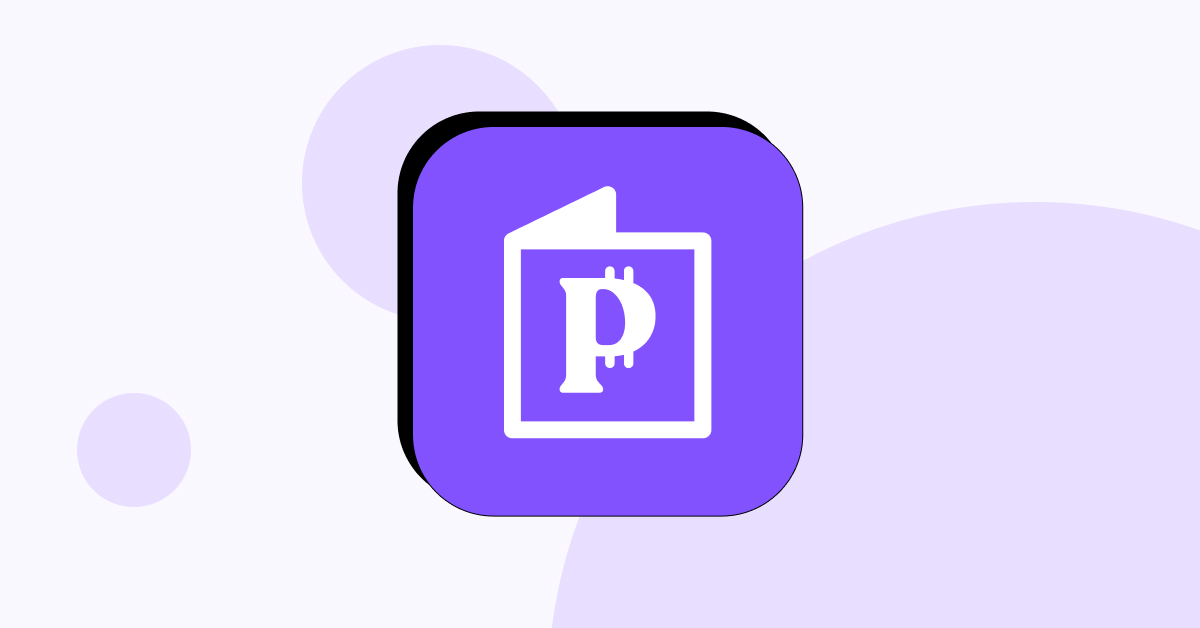If you’ve been involved in the world of online surveys, you’ve likely come across terms like response rate and completion rate. They often appear in articles and research reports, and it’s crucial to understand their significance to take full advantage of your market research efforts. So, what do these terms mean? How do they differ? Let’s explore their definitions and how they impact your online survey’s sample group and statistical accuracy.
What Is Response Rate in Surveys?
Any successful survey aims to collect accurate and reliable data through honest participant responses. Response rate refers to the number or proportion of individuals who have completed all required questions based on their eligibility criteria. This measurement is essential in estimating participation and engagement levels among various demographic groups within a larger population.
How Is Response Rate Calculated?
To illustrate precisely what response rate means and how you can calculate it, let’s examine a particular case study together. Suppose you have a survey with the following stats:
- 1000 sent emails
- 250 respondents who entered the survey
- 200 completed surveys
To calculate the response rate, you must use the following formula:
Response Rate = (Number of Completed Surveys / Total Number of Emails Sent) x 100
In this case, the math would look like this:
Response Rate = (200 / 1000) x 100 = 20%
Therefore, the response rate for your survey would be 20%.
It’s crucial to remember you can only accurately calculate a response rate when you have a defined sample group. In other words, you need a contact list or a record of the number of people approached to take the survey. However, certain deployment methods like pop-ups and website embeds make it challenging to determine the exact number of individuals exposed to the study. As a result, measuring the response rate in such cases can be unreliable.
Response rate calculations are typically more viable when a fixed list of email addresses, telephone numbers, or home addresses controls the sample group. In this scenario, response rates provide a more accurate measurement of survey participation.
What Factors Can Affect Response Rate?
A low response rate in a survey indicates that a relatively small percentage of the sample group has completed the study. It highlights the need to explore factors that may contribute to the lack of participation and employ strategies to improve surveyee involvement and data quality. The implications of this may include:
- An increased margin of error: As the response rate decreases, the size of your original sample group diminishes. This issue can have a detrimental impact on the margin of error and the reliability of your survey results. A lower response rate can introduce greater uncertainty and reduce confidence in the accuracy and representativeness of the findings.
- A disengaged sample group: Low response rates can indicate a lack of interest among potential respondents to participate in your survey. To overcome this challenge, it is essential to find ways to entice surveyees and encourage them to complete your questionnaire satisfactorily. Start by ensuring that your email message and subject lines do not resemble spam and are properly branded to establish credibility. Furthermore, offering additional incentives can effectively generate interest and engagement from your sample group. By providing extra incentives, you can motivate potential respondents to take part in your survey.
- Non-response bias: In essence, this occurs when individuals who decline participation have distinct attributes or viewpoints compared to those who respond. Consequently, non-response bias can skew your results and make them less representative of the intended audience. You must take steps such as increasing response rates among diverse groups and analyzing potential biases throughout your research process to address this challenge effectively.
What Is Completion Rate in Surveys?
In online surveying, the completion rate is measured by dividing the number of surveys filled out and submitted by the number of surveys started by respondents. It represents the percentage of surveyees who completed the entire questionnaire among those who entered it. In short, only those respondents who finish the whole survey contribute to increasing the completion rate.
How Is Completion Rate Calculated?
Let’s walk through another example to better understand how to calculate the completion rate. Like in the previous instance, you may have a survey with the following stats:
- 1000 emails sent
- 250 respondents who entered the survey
- 200 completed surveys
To successfully measure the completion rate, you’d need to utilize this formula:
Completion Rate = (Number of Completed Surveys / Number of Respondents who Entered the Survey) x 100
In this particular case, the completion rate calculations would be:
Completion Rate = (200 / 250) x 100 = 80%
Therefore, the completion rate for your survey would be 80%.
One notable aspect of the completion rate is that it doesn’t depend on the number of people contacted. Instead, it solely focuses on individuals’ interaction with your survey. The completion rate can and should be measured for any type of survey, including email, intercept, pop-up, embedded, and hybrid surveys. Regardless of the survey method used, the completion rate provides valuable insights into your respondents’ engagement and participation level.
What Factors Can Impact Completion Rate in Surveys?
As the name states, a low completion rate in a survey indicates that a relatively small percentage of respondents have finished the entire questionnaire. Some factors that can cause this are:
- Poor survey invitation: If you’re looking for successful responses to your surveys, crafting a compelling invitation should be at the top of your list – one that captures the audience’s attention while eliciting a positive reaction from them. However, if your approach is less than stellar or lacks engagement value for readership, this could lead to disappointing response rates.
- Survey Length: Survey length can affect both the quality of gathered data and participant engagement. A long, tedious survey may overwhelm or fatigue respondents, leading to decreased motivation and higher abandonment rates. Consequently, this negatively impacts response rates as well as incomplete or biased responses.
- Trust and privacy issues: Data security concerns can deter respondents from completing surveys, especially when collecting sensitive information. Clearly communicating the purpose of the survey, ensuring anonymity, and outlining data protection measures can help build trust and encourage completion.
- Poor timing: Sending surveys at inappropriate times, such as during busy periods or holidays, may result in lower response rates. Choosing the right timing when respondents are more likely to have a few spare hours to take part in your survey may increase the surveyee’s inclination to participate and can improve completion rates.
- Unattractive incentives: Offering incentives, such as discounts, gift cards, or entry into a prize draw, can motivate respondents to complete the survey. Alluring compensation offers can increase participation and completion rates, particularly for longer or more complex surveys.
- Irrelevant questions: If the questions are not meaningful to the respondents, they may lose interest and abandon the survey. Ensuring that the survey addresses interesting and attractive topics to the target audience can help improve completion rates.
- Inadequate survey design: A poorly crafted survey with confusing or complicated question formats, unclear instructions, or technical issues can discourage respondents from completing it. It is crucial to create a user-friendly and visually appealing survey that is easy to navigate.
- Inefficient survey distribution: Sending surveys via email may have different completion rates compared to distributing them through social media or embedding them on a website. Understanding the preferences and habits of the target audience can help determine the most effective distribution method.
- Overlooked demographic factors: The age, gender, education level, or cultural background of your respondants, can influence completion rates. Understanding the target audience and tailoring the survey to their specific needs and preferences can help optimize completion rates.
Lack of respondent engagement: Including interactive elements, progress bars, or personalized messages can create a more interactive and enjoyable experience, increasing the likelihood of completion.
Conclusion on Survey Completion Rate vs. Response Rate
Response rates and completion rates are two crucial metrics in survey research. Response rates measure the proportion of participants, while completion rates indicate those who finish the survey. Understanding these distinctions helps researchers gauge engagement and optimize data collection strategies for meaningful insights.
If you’re looking for an excellent online survey site, try Pawns.app. This platform will help you make money on the side to finance your market research efforts.
FAQs
Still confused about the concepts mentioned above? The following Q&A section aims to clarify the most searched-for questions on the matter.
What is the minimum survey response rate?
The minimum survey response rate can vary depending on the specific context and research field. However, a commonly suggested benchmark is around 30% to ensure a reasonable level of representativeness and statistical reliability. It’s important to note that the ideal response rate may vary based on the goals and nature of the survey.
Why is a low response rate a problem?
It is vital to obtain sufficient survey responses to ensure accurate and credible findings that truly represent the society or studied group. Low response rates can create various challenges, such as non-response bias, which may result in the underrepresentation of specific age or gender groups. This issue might skew demographic representation and reduce sample sizes, lowering statistical power.
Ultimately, low response rates can lead to inaccurate measurements and higher margins of error, which can negatively impact our ability to make informed decisions based on solid evidence. Therefore, it is crucial to recognize the significance of adequate survey responses and strive for high response rates to ensure the reliability and validity of our research findings.
What does response rate mean in the context of surveys?
A fundamental concept when it comes to surveys is response rate – which refers to the percentage of individuals who complete or respond among those who were invited or approached for participation. This metric has much to say about participants’ engagement and willingness levels, ultimately affecting data quality and representativeness. For researchers, keeping tabs on response rates grants valuable insights into survey methodology optimization.















